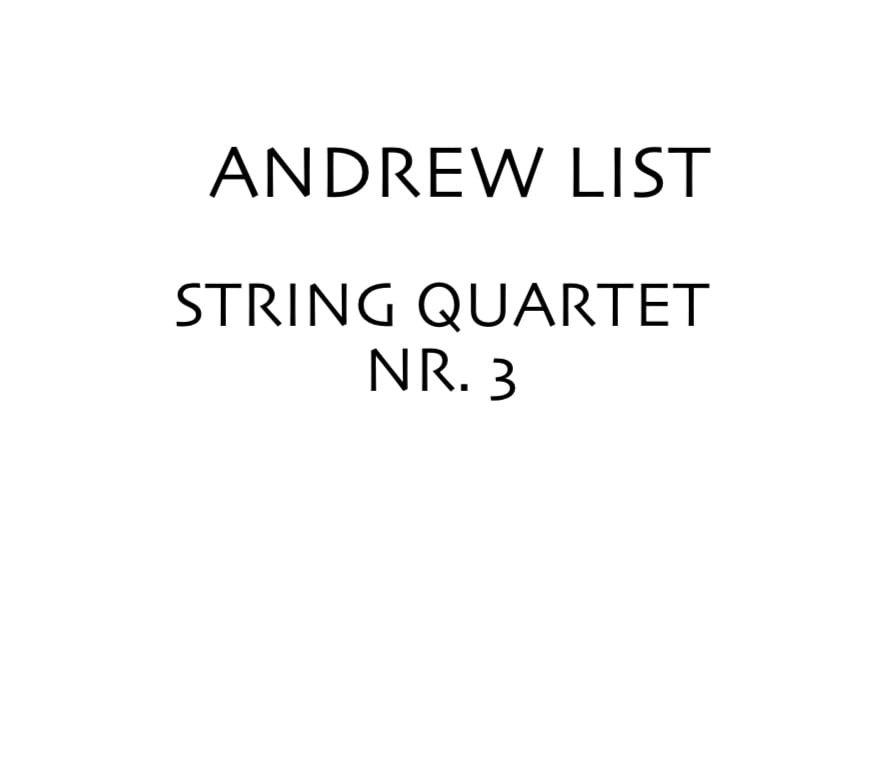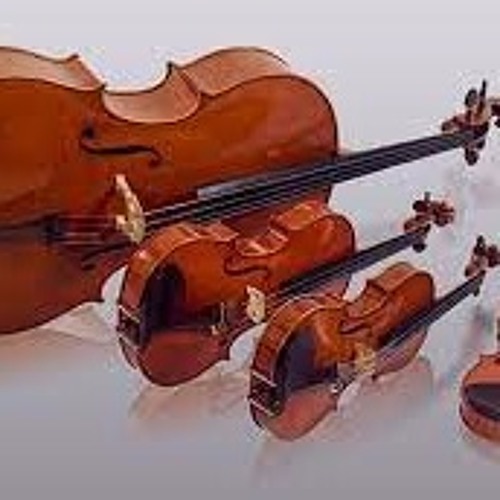String Quartet Nr. 3
On Sale
$35.00
$35.00
String Quartet No 3 was composed in 2005 and is dedicated to The Esterhazy Quartet. This work is in three movements with a duration of 20 minutes.
The first movement marked “Brittle” is an exploration of textural and timbral possibilities for the quartet. A singular melody is passed between the four instruments surrounded by variety colorful accompaniment figures. The driving melodic section is interrupted twice by more lyrical interludes but each time it returns even bolder and more forceful driving to the final cadence.
The second movement is lyrical and dreamlike in character. It is in very clear ABA form. The A section is a sad, sweet Aria and the B section a lively dance.
The third movement is in rondo form and begins with a bold rhythmic theme punctuated by accented chords. Lively in character the movement is driving and energetic. Partway through, the theme is transformed into a klezmer-like melody that begins to dominate the music. As the movement builds in intensity it arrives at a bold cadence which transitions to a more lyrical section reminisant of the second movement. This section cadences quietly only to be abruptly interrupted by a driving and rhythmic coda, which ends the movement.
The first movement marked “Brittle” is an exploration of textural and timbral possibilities for the quartet. A singular melody is passed between the four instruments surrounded by variety colorful accompaniment figures. The driving melodic section is interrupted twice by more lyrical interludes but each time it returns even bolder and more forceful driving to the final cadence.
The second movement is lyrical and dreamlike in character. It is in very clear ABA form. The A section is a sad, sweet Aria and the B section a lively dance.
The third movement is in rondo form and begins with a bold rhythmic theme punctuated by accented chords. Lively in character the movement is driving and energetic. Partway through, the theme is transformed into a klezmer-like melody that begins to dominate the music. As the movement builds in intensity it arrives at a bold cadence which transitions to a more lyrical section reminisant of the second movement. This section cadences quietly only to be abruptly interrupted by a driving and rhythmic coda, which ends the movement.



